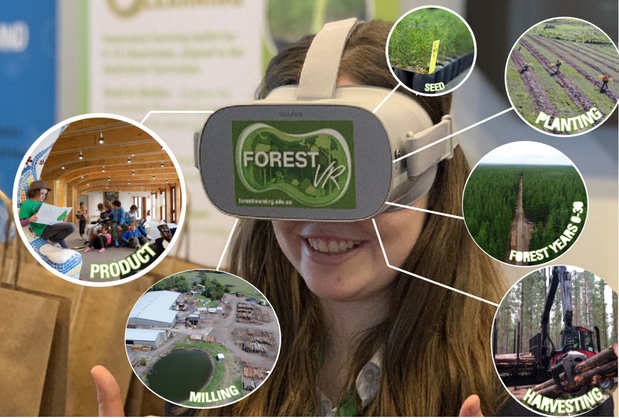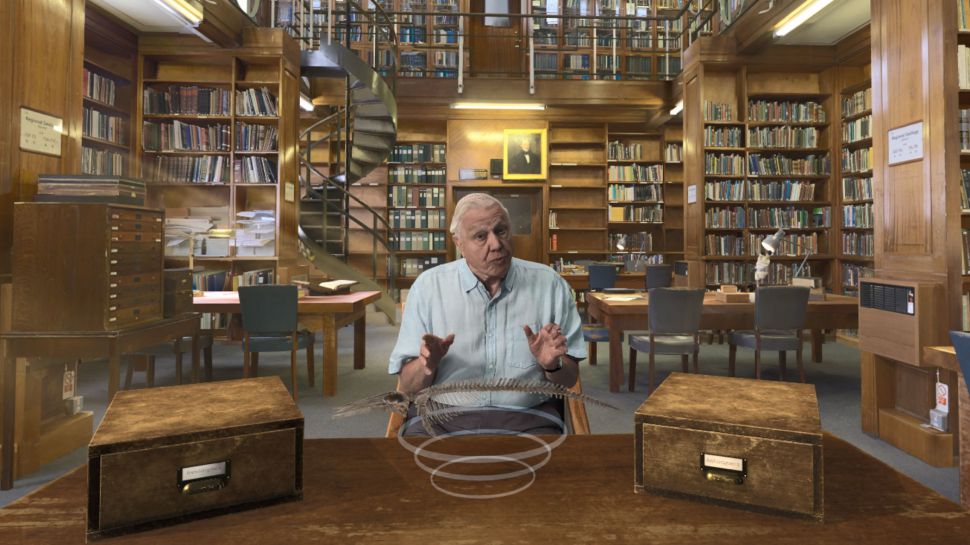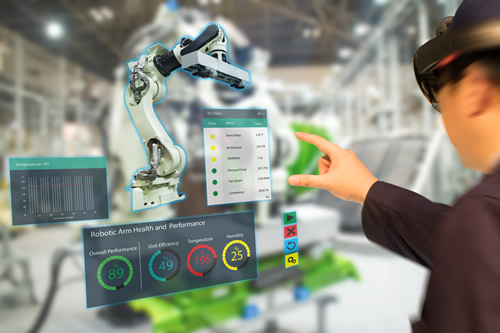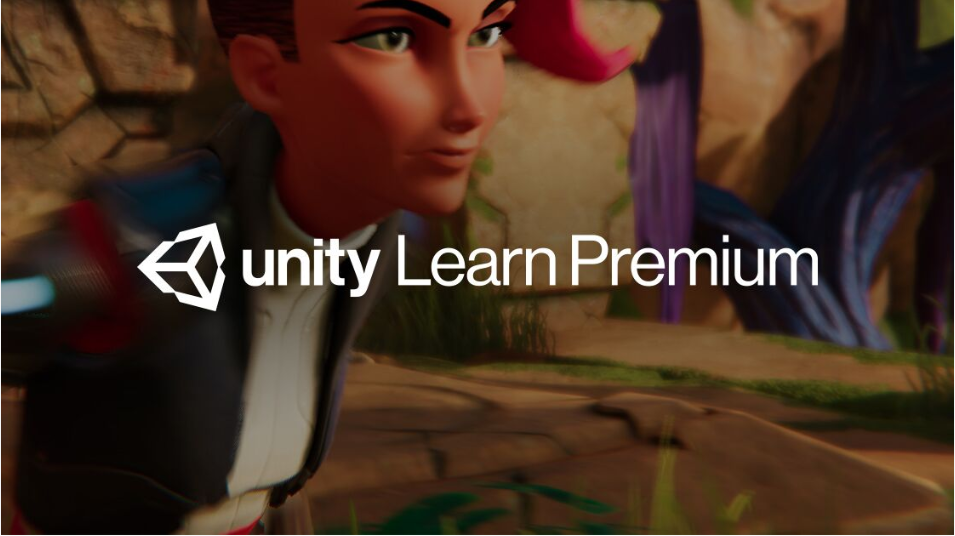With the increased need to integrate meaningful and engaging technology and ICT capability tools in schools, teachers are increasingly required to discover and learn new ways to incorporate these tools in the classroom to meet their busy curriculum.
Smartboards, webquests, ipads, laptops – the need to engage our active learners in new and interesting ways is ongoing. It can be difficult however to find ways to integrate technology in an authentic way to meet Australian curriculum outcomes – not just use technology for the sake of it, or dare we suggest, for entertainment value.
In a time where we also hope to provide real world tangible solutions to an ever increasing concern amongst many of our students for our climate future, it’s no surprise that a recently launched virtual reality school toolkit, ForestVRTM, has caught the attention of teachers around Australia. ForestVRTM, allows students to immersively – and virtually – learn through 360 experiences and environments about Australia’s productive forests from seed to shelter – the only carbon positive industry in Australia. The free to view and download online 360 experiences and virtual tours have students immersed right alongside forestry workers while they plant new tree seedlings, or join the log crane operators in their heavy machinery as they get harvested logs ready to be processed into paper and cardboard. Today’s technology-savvy learners are hungry for this type of experience, and teachers will be pleased to see even their most trickiest of students, engaged in this approach to learning.
ForestLearning, an initiative of Forest and Wood Products Australia Ltd., has launched the immersive toolkit for schools at the recently held Geography Teachers Association Victoria, Australian Geography Teachers Conference, Forest Education Foundation conference in Tasmania, and the Mount Gambier ForestLearning pathways program. The ForestVRTM Learn Through Immersion virtual reality toolkit, and soon to be launched in early 2020 teaching resources and lesson plans, was developed and designed through collaboration with the Geography Teachers Association Victoria and the Design and Technology Teachers Association Victoria and other successful early adopters of VR in classrooms, in conjunction with leading forest and wood product industry partners.
So far, there’s been an enthusiastic response. One teacher attending the Geography Teachers Association Victoria from an outer Melbourne suburb school captured on a recent Wood Chat podcost entitled Virtual Reality1, said “I think one of the things it really does is it gets that curiosity going. Rather than just being told information to learn, I can set out a task that they then have to investigate further, and it’s really nicely linked through this technology. Instead of trying to fight technology, I can now just try and embrace it and use it as much as I can.”
ForestVRTM can be used with virtual reality headsets, but is just as effective as a tool for small group work using an iPads, laptops, or even the classroom smartboard as a whole class activity. Students see the various stages of the sustainable forestry cycle, and learn and investigate how forests are managed as a renewable resource. With sustainability as a cross-curricular priority, these tools are being used across a range of subject areas K-12 – science, geography, design and technologies, agriculture and more. Teacher feedback at a launch showed they felt inspired about finding solutions to climate change and sustainability and that’s why they initially tested the ForestVR tool using a VR headset. Teachers said they will be able to inspire students in relation to the benefits of planting trees to produce renewable resources and show students how scientists, called Foresters, plan and grow new trees in plantations and native forests in order to sustain the environment, produce wood and timber products, and offset carbon.
Filmed at 28 different locations across Australia, the 360 immersive experiences and virtual tours are available to view and download via www.forestlearning.edu.au/forestvr. They can also be useful tools used in conjunction with school field trips to forest areas, as they provide students with the ‘missing links’ in the productive forestry renewable cycle that wouldn’t otherwise be possible to visit for students due to OH&S, bus costs and other barriers.
Students using VR headsets are fully immersed in the environment that they’re watching, with the ForestVRTM tools being designed to feel as though you are there in that environment. The ForestVRTM virtual tours also provide students a behind-the-scenes look to how foresters and spatial mapping teams plan and manage productive forests over the long term. They’ll hear from Aboriginal Partnership Liaison Officers about how they strive to conserve the qualities and attributes of places that have spiritual, historic, scientific or social value, and how habitat trees, such as those with nesting hollows for wildlife, are identified and protected. Students learn how the site is regenerated either through natural regeneration or via seedlings that are replanted after every harvest, to start the sustainable forest cycle again.
Australian Curriculum aligned teaching and learning resources will be launched in early 2020 ready for teachers to use in the new school year. These resources will be aligned to Geography Level 8 (Forest Landforms and Landscapes), Level 10 (Environmental chance and forest management), Design and Technologies Level 7/8 (Cardboard seat project- sustainable forestry, sustainable cardboard), and a cross curricula Geography/Design and Technologies resource for Level 5/6 (Australian forests – renewable and sustainable). All resources have been developed in partnership by the Geography Teachers Association Victoria and the Design and Technology Teachers Association Victoria.
Teachers at the ForestVR launch were impressed that their students could be so immersed in the forestry industry. One teacher commented that her students from the city definitely wouldn’t have an idea about what a plantation forest is, what a native forest is, or the fact that there are even different types of forests. To be able to show the actual processes in producing the wood and paper materials that students consume, hopefully they get an appreciation for where they come from. When they’re using the tools using their VR headsets, or on their iPads they’re completely engaged. There’s 100% focus on what they’re looking at. It’s a wonderful thing to be able to be completely immersed in what you’re supposed to be looking at without any peripheral distractions.
Virtual reality is engaging and it’s easy to see why more schools are embracing it as a learning tool. As well as virtual tours, ForestVR includes 360 photos called ‘environments’, with embedded information hotspots where students can spend more time exploring each stage of the forest lcycle. A second phase of ForestVR exploring themes such as biomes, careers and agroforestry funded by the Australian Government is currently under development and will be launched mid-2020.
ForestVR is available at www.forestlearning.edu.au, and soon to be launched in December 2019 as the ForestVRTM APP for IOS, Android and Oculus. Keep up to date on all new resources by signing up to the ForestLearning enews via the website, and like and follow them on Facebook – @forestlearningau.
1 Wood Chat podcast – “How Virtual Reality is being used to launch forestry into the future” – https://soundcloud.com/woodchat/ep-11-how-virtual-reality-is-being-used-to-launch-forestry-into-the-future
Quelle:
https://educationhq.com/news/virtual-reality-engages-tech-hungry-learners-with-forestvr-69767/




